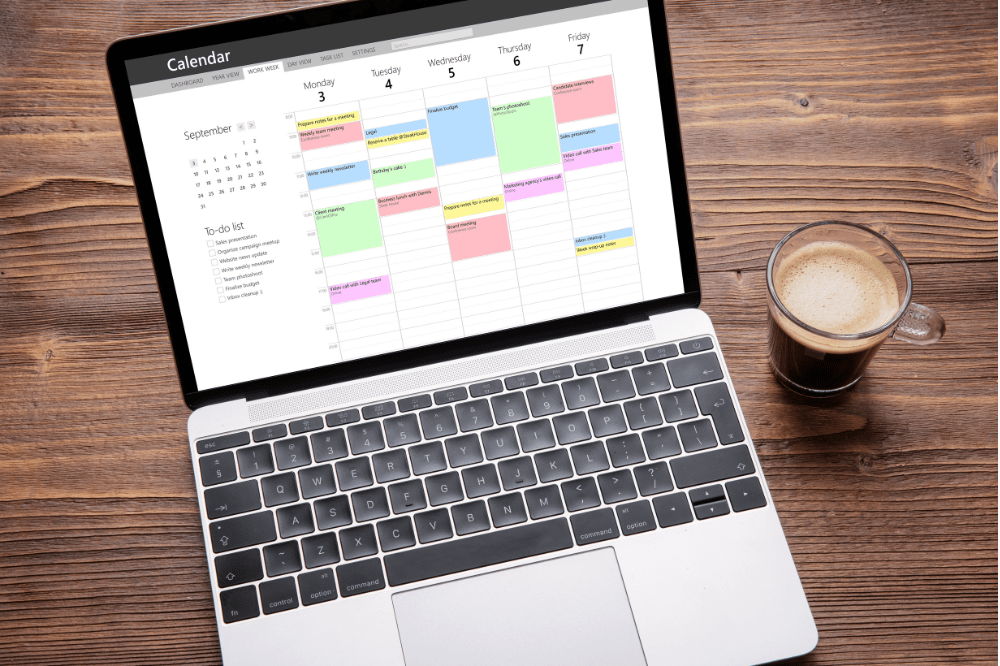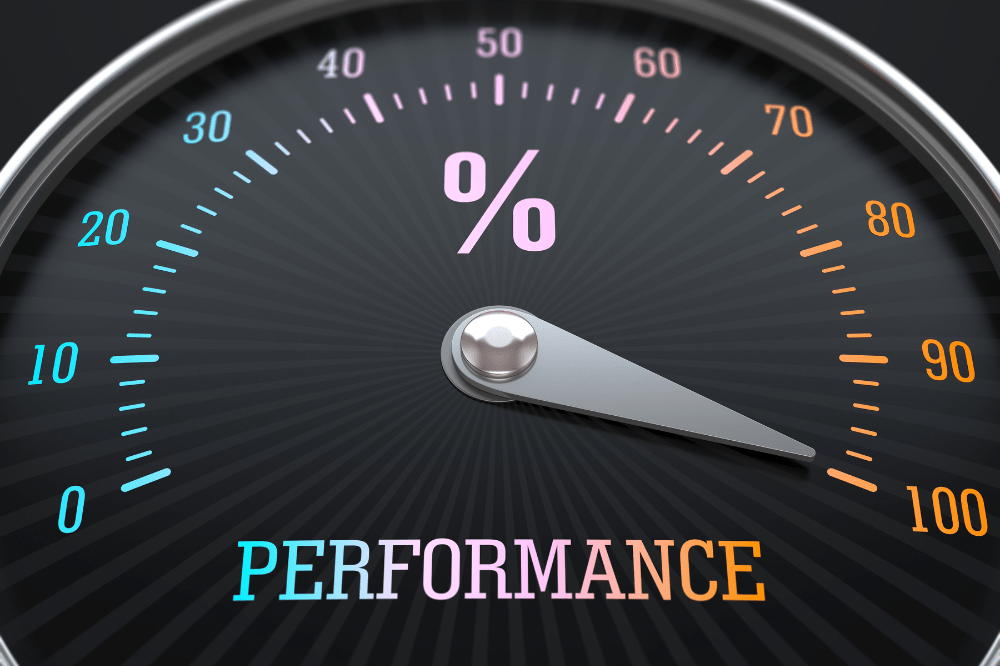Foolproof Blogging Tips For Beginners
Do you love writing? Do you have a passion about a particular topic, and long to share your knowledge?
If so, then you might want to consider blogging.
It’s a fun hobby which can easily be transformed into a profitable side hustle, or even a full-time gig.
If you’ve never blogged before, you might wonder how this is all possible.
Here are some tips to get you started.
Keep Your Audience In Mind

If you’ve ever worked in sales, then you’re probably familiar with the idea of a “persona.”
This is an imaginary person who represents your customers or, in this case, your readers. Successful salespeople come up with detailed information about their buyer persona: what their needs and challenges are.
In the same way, you need to come up with a reader “persona.” Who are you writing this blog for? And what would motivate them to interact with you, or to click on your CTAs?
When you begin writing, keep that persona at the forefront of your mind. If you do this, then your readers will feel like you’re speaking directly to them.
Optimize With Keywords

Start with some keyword research to find out what words or phrases your readers are looking for, and then incorporate these keywords in your writing. By including relevant keywords in your main title and the article text, you make it easier for search engines to find your article when bringing up results.
But don’t stop there. It’s a good idea to also include keywords in your meta title, which is the blue title that shows up in the clickable search results. And of course, include them in the article URL, too.
Schedule Posts With an Editorial Calendar

To find success as a blogger, it’s essential that you keep to a regular blogging schedule. Choose a day of the week when you want to publish on an ongoing basis, and stick to that religiously. Make sure you structure the rest of your calendar for the week to include time for researching, writing and proofreading your posts.
Do not try to set a goal of publishing a post every day. If you’re rushing to write a blog post each day, the quality of your writing will suffer. Instead, try for one high-quality post every week.
Use a Structured Outline

We get it; you have this great, exciting idea for a blog post and you just want to channel that excitement into one long stream of consciousness.
But this is a recipe for failure.
Statistics show that 79% of online readers don’t actually “read” at all; instead, they scan. This means that if your writing is not well-organized, only a small percentage of readers will pay attention to what you have to say.
To avoid that, come up with a solid outline. Structure it based on the type of post you want to write: a how-to, a listicle, a newsjacking post, or something else.
Include Data

No matter what you’re writing about, it’s essential to back up any statements you make with factual information. This will make your article more interesting to read, and also boosts the chance of earning backlinks from people who find the post helpful. Even better, such backlinks can boost your blog a bit higher in the search engine results.
Whenever you want to make a point about something, take the time to dig up some research that supports it. For example, let’s say you’re writing a piece about declining mental health in America. It’s much more persuasive to say that rates of anxiety and depression have increased 25% in the last 70 years, than just to remark that “more people than ever seem to be anxious and depressed.”
Don’t Rely On Text Alone

While your written content does matter, it simply won’t attract attention if you neglect images. In fact, the statistics show that blogs containing at least seven images get 116% more organic traffic than those that do not. So you really can’t afford to ignore the power of visual media.
And it’s really not as difficult as you think. You can use a free site like FreeImages or Unsplash. Just make sure to properly cite any images that you download from these sites. Or, if you’re confident of your photography skills, you can even take photos yourself.
Don’t Forget CTAs

As much as you enjoy writing, you’re not just doing it to kill time, right?
You have a specific purpose, something you want your readers to do. It may be subscribing to a newsletter, clicking through to your online store, or purchasing an Ebook.
But most importantly, you want your readers to keep coming back. And the best way to make sure that happens is to ask, simply and clearly.
So be sure to add a CTA (Call to Action) button on your page. This could take the form of a simple contact form near the top of the page.
Update Evergreen Content

For long-term success, you’ll want to start off writing about topics that are “evergreen.” This means that they will always be relevant no matter how much time has passed.
But no matter how “evergreen” it might be, you still need to revisit the post on a regular basis to give a refresh to any outdated information.
Each post will differ in how much of a refresh it needs. In some cases, you may just need to tweak a few minor details, while others might require a full-scale rewrite.
Promote Your Blog On Multiple Channels

Once you’ve published your blog, you’ll need to put in some extra effort to make sure that people actually see it.
One easy and free way to do this is by sharing your blog on social media.
Nowadays, everyone uses some form of social media, so this is really the best way to get your blog out where people can easily find it.
It’s also a good idea to create a separate social media page on each platform just for your blog, rather than using your own personal social media accounts.
Choose a Niche

When you’re just starting out with blogging, the best way to ensure you find the right audience is by identifying a specific niche.
To identify the right niche, reflect on your overall goals. Maybe you want to educate the public on a particular topic. Maybe you want to add insights to your industry. Or maybe you want to use your blog as a promotion tool for a new business.
Ideally, you will settle on a niche that excites you and that you are knowledgeable about. Once you’ve chosen a niche, this will guide all future decisions about content.
Decide On Your Goals

As surprising as it may seem, your blog is not just about you.
This may seem obvious, but many bloggers write as if their intended audience is themselves.
While this can be great if you’re only blogging for yourself, for reflection or even fun, if you want to reach an audience effectively you’ll need to set goals with that audience in mind.
Another benefit to having clear goals is that it makes it easier to track your progress. You can track numbers of new subscribers, pageviews, or income earned. Keep these goals small to begin with, and gradually increase them as you gain more experience.
Research Competitors

There are a plethora of decisions to make about the design and layout of your blog. It’s normal to feel overwhelmed with all these decisions.
That’s why it’s helpful to take a look around online and find other blogs that are performing well. You can take inspiration by comparing designs and colors, figuring out which ones look the best, what layouts work well, and what you might want for pages. Check out what features various blogs have and decide whether these appeal to you.
Then when it comes time to choose a theme, you’ll feel more confident about what you want and need.
Show Your Personality, But Not Too Much

If you want your readers to trust your voice, they need to know that you’re a real person. But it’s important to find the right balance. If you show your personality too much, it can overshadow the topic you’re trying to write about.
So find little ways to inject a hint of personality into your writing without getting too heavy-handed about it.
For example, you could make reference to a popular TV show that you like, or you could start off your post with a joke.
Maybe something funny happened to you on the subway or the grocery store that ties in nicely with your topic.
Use a Conversational Tone

You may think the writing style that earned you A’s all through your college English classes will work just as well for your blog. But unfortunately, it doesn’t.
The truth is, while this style was perfect for a college essay, it’s just not an enjoyable style for the average person to read.
Another hard truth: your readers have no obligation to stay on your site and read an entire blog post. If it doesn’t hold their interest, they’ll bounce.
To keep that from happening, try writing your blog posts in a conversational style, using the same language and tone as you would if you were talking to a friend.
Spend Time Proofreading and Editing

You’d be surprised at how many novice bloggers skip this crucial step, and how much of a difference it makes.
Everyone, even the most skilled writers, make mistakes sometimes. So before you hit “publish,” take a few minutes to review your post and make revisions, if necessary.
Just by ironing out any spelling or grammar mistakes can make your post look a lot more polished and professional.
For best results, plan to take a break after writing your post so you can go back and make edits with a fresh pair of eyes.
Take Part In the Online Community

Social media is one important way to promote your blog outside the platform and establish your online presence. But it isn’t the only one.
Take advantage of the many opportunities to build connections with other influencers in the blogging world.
Interact with others on social media pages or industry forums. Seek out other bloggers, both online and in person. And if possible, write guest posts on other sites. This is a great way to attract more backlinks and drive traffic to your site.
Interacting outside your own blog helps you find your target audience, and helps them find you.
Use Email Marketing

Email marketing, when done the right way, is a secret weapon in the arsenal of every successful blogger.
Use an app like Constant Contact or ConvertKit. Both of these tools are simple enough for a beginner to master. They both have a simple drag-and-drop template builder to guide you in structuring your messages.
Once you have a working email list, you’ve got an easy way to notify your readers every time you publish a new post, giving you an easy boost in web traffic.
Monetize

When you start out, you’ll want to take some time just to relax and have fun. Maybe you’re not even considering the possibility of earning money by blogging.
But sooner or later, the question has to be asked: Why not make money for doing something you love? Especially if it could mean a full-time income just from writing.
You might be skeptical, but there are many ways to monetize your blog. You can add affiliate links which allow you to earn a commission every time a reader clicks on the link to make a purchase. You could act as a consultant to other bloggers. Or you could offer special paid content to select subscribers.
Track Your Blog’s Performance

Tracking how your blog performs allows you to make improvements as you go. And with today’s technology, it’s not difficult at all to monitor.
There are a variety of tools available (such as Monster Insights, for example), which easily keep track of analytics such as referral traffic, new and returning visitors, and the popularity of individual posts.
Conclusion
With these tips, you’ll be well on your way to a dream come true: earning money for doing something you love.
Remember, nothing gets done if you don’t take action.
And while you have to learn how to do things, just reading about it doesn’t get the blog (or website) up and running.
Do something right now that will move you closer to your goals!
Have a wonderful day!





